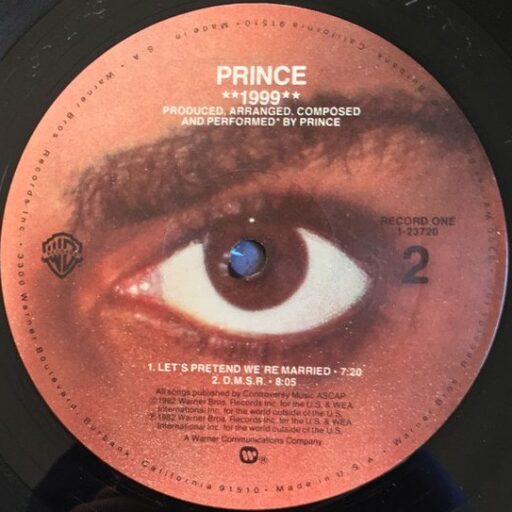Tag: bernie worrell
-
Podcast: 40 Years of Dirty Mind
Darling Nisi and Harold Pride return for a third episode in our series of in-depth retrospectives on Prince’s albums, this one for the 40th anniversary of 1980’s Dirty Mind.
-
Soft and Wet
Like most great works of popular music, “Soft and Wet” came into being through a combination of sexual and chemical indulgence and cynical commercial calculus.
